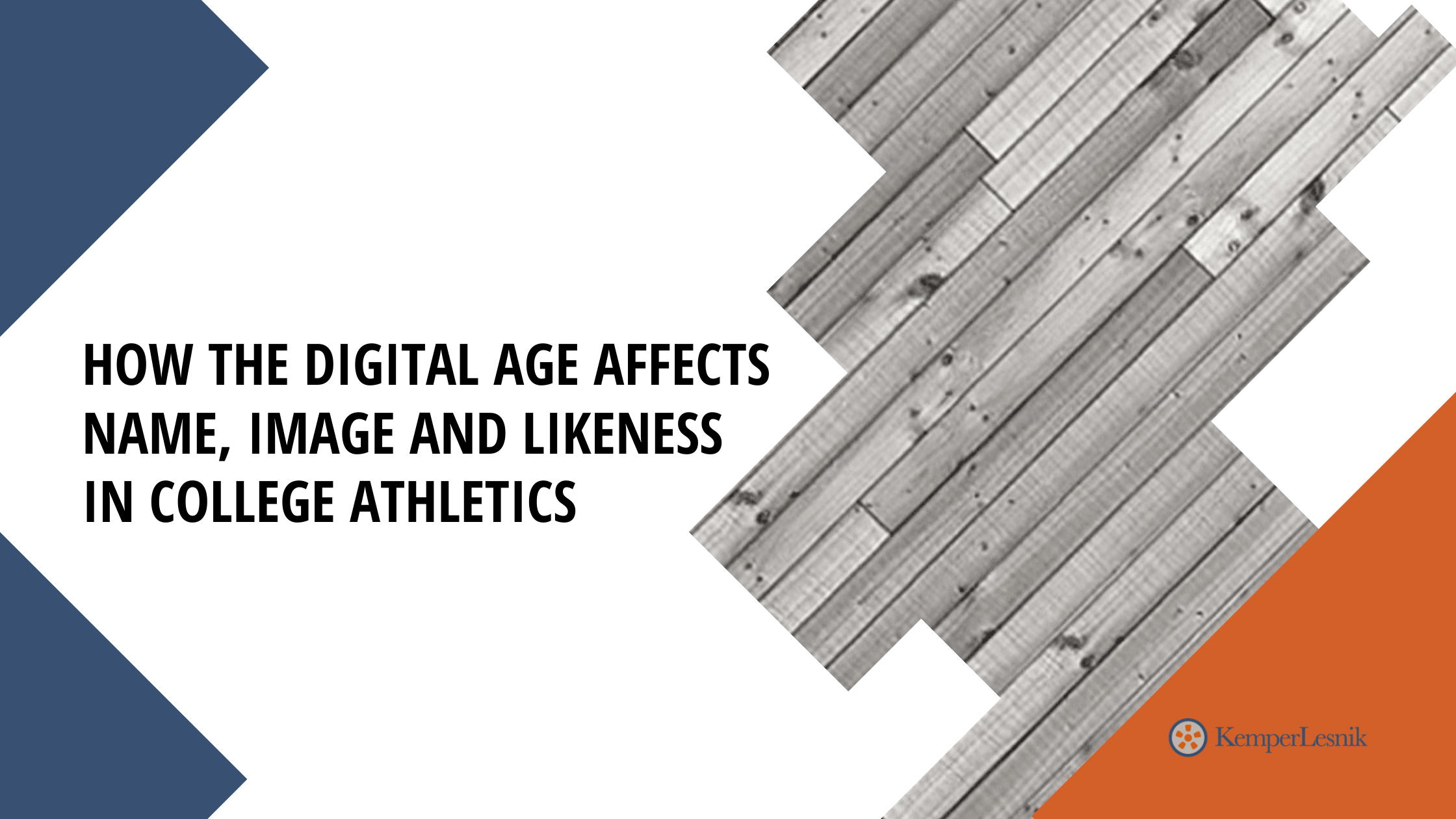
How the Digital Age Affects Name, Image and Likeness in College Athletics
The topic of name, image and likeness (NIL) has been a longstanding discussion in the world of college athletics. Despite current discussions on social injustice and debates surrounding the topic, the NCAA’s rules have not waivered despite the world around it- possibly until now.
Joining the argument of whether the NCAA should allow athletes the right to profit through their name, image and likeness is not the point of this piece but rather to shed light on the opportunities the digital age has brought to these students despite the NCAA’s unwavering disposition.
NIL is described by the NCAA as three elements that in essence, represent the right of publicity to collegiate athletes and currently stands that to maintain NCAA eligibility, Division I student-athletes may not promote or endorse a commercial product or service, even if they are not paid to participate in the activity. Athletes may use their image to continue participating in non-athletically related promotional activities if they were initiated before college enrollment.
What these rules and regulations did not account for was the growth of social media and the impact the digital age would have on this audience. From Twitter to Instagram, TikTok and now Clubhouse, social media have grown to create opportunities for student athletes to connect directly with their audience and create a personal brand. Seeing as fewer than 2 percent of college athletes move on to compete on the professional level, social media has proven to create opportunities for athletes to succeed outside of the NBA/WNBA through brand partnerships. As a result, many advertisers and agencies are already assessing current college athletes and their potential worth as influencers to partner with their clients in the event that the NCAA’s rules change in 2021.
Companies such as Cameo, a platform that continues to see exceptional growth around the business model of connecting fans directly with thousands of personalities in the form of customized videos, would be able to extend their footprint in collegiate athletics by being able to offer athletes a revenue cut from their interactions with fans.
Over 25 states have taken to pushing their own legislation surrounding NIL for their students and NCAA is looking to take their case to the supreme court. While the NCAA continues to deliberate over NIL rules, one thing is for certain. This digital age will not stop for them to figure it out.
Click here to see where the NCAA stands.
For additional information on KemperLesnik and recommendations for your brand, please email info@kemperlesnik.com
